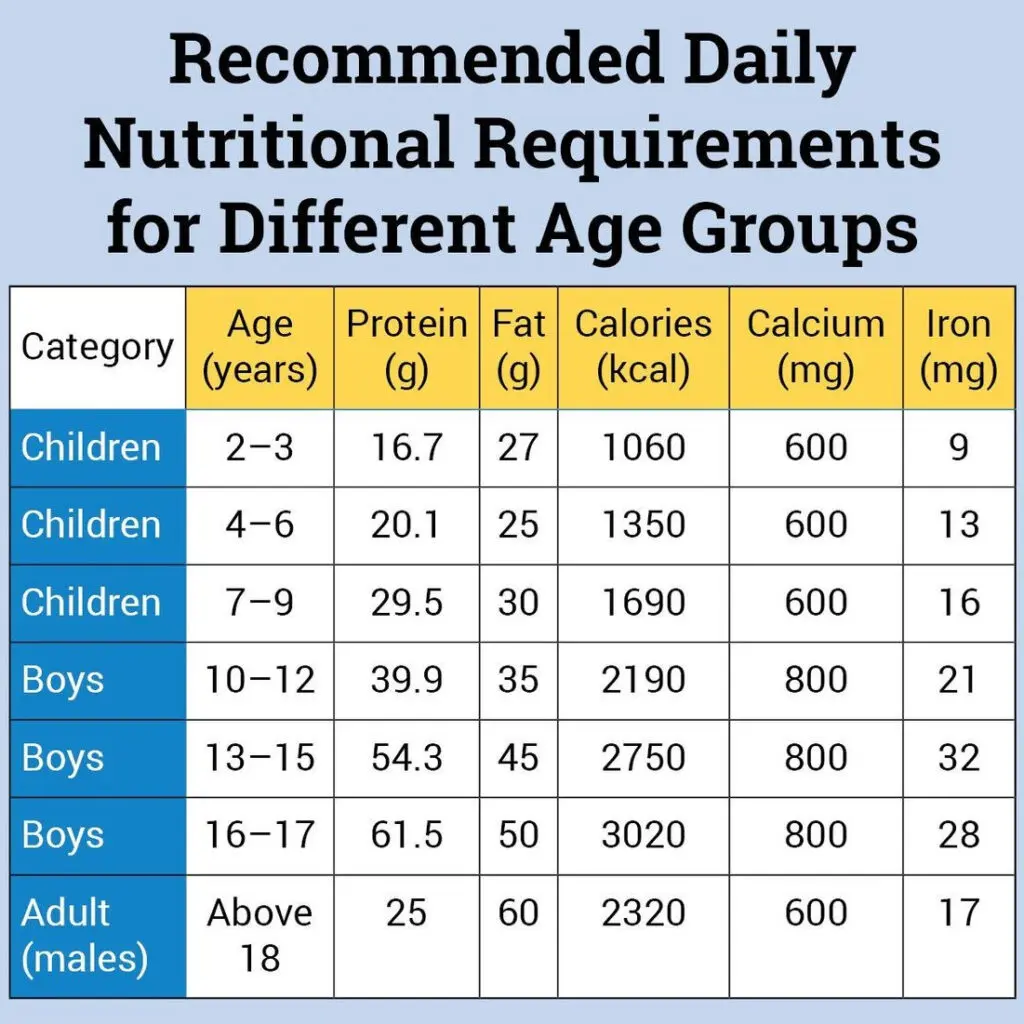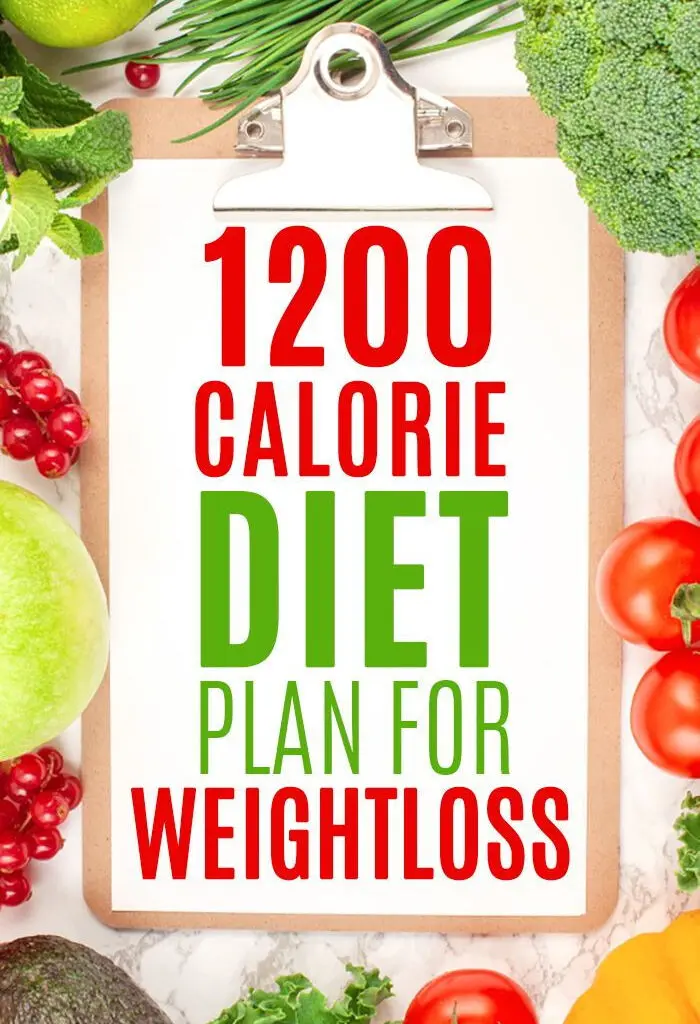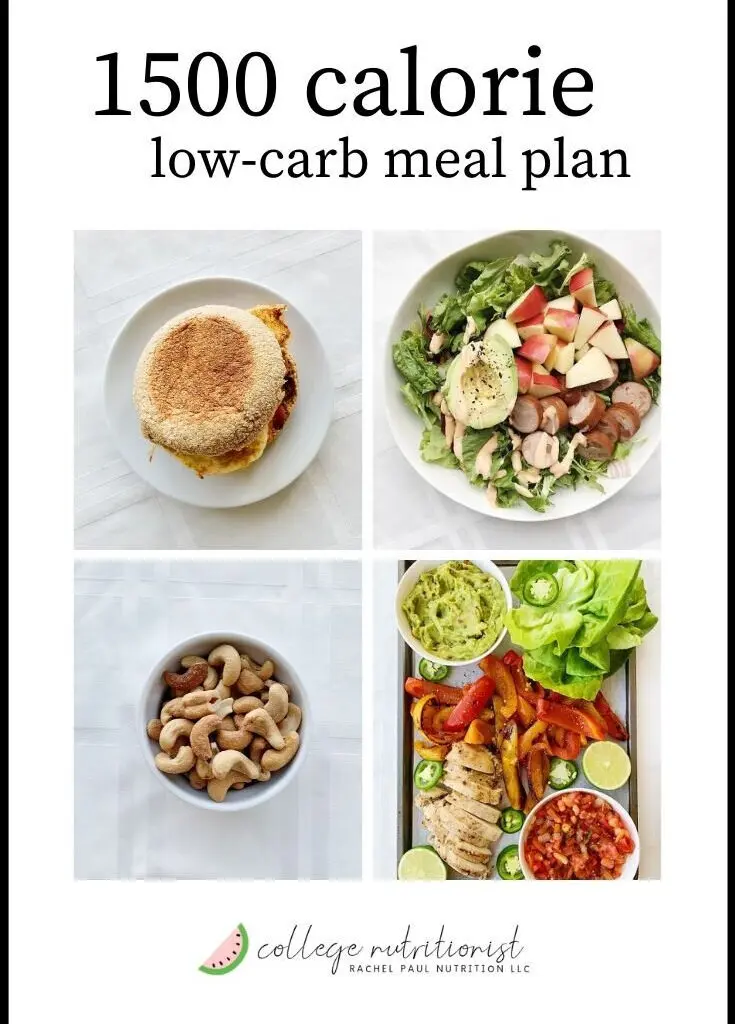
Introduction
Fueling your body for optimal health and performance can feel like a complex puzzle. With seemingly endless conflicting information, it’s easy to get lost in a maze of calorie counting and restrictive diets. But fear not, intrepid explorer! This guide will serve as your trusty compass, offering healthy eating plans for different calorie goals to help you navigate the world of nutrition.
Understanding Calorie Needs: A Foundation for Success

Before embarking on your nutritional journey, it’s crucial to understand the concept of caloric needs. Simply put, calories represent the energy your body derives from food. Determining your individual calorie needs depends on various factors, including:
- Age
- Gender
- Weight
- Height
- Activity level
For instance, a young, active male may require significantly more calories than an older, sedentary female. To calculate your own personalized calorie needs, consult your doctor or use a reputable online calculator.
Setting Your Sights: Common Calorie Goals
Once you’ve established your baseline calorie needs, it’s time to set your sights on a specific goal. Here are some common calorie goals individuals might pursue:
- Weight Management: Aiming for a moderate calorie deficit can aid in gradual, sustainable weight loss.
- Muscle Building: Consuming a slight calorie surplus alongside strength training can promote muscle growth.
- Maintaining Weight: Matching your calorie intake with your energy expenditure helps maintain your current weight.
Unlocking the Treasure Trove: Sample Eating Plans
Now that you understand the landscape, let’s delve into the specifics. Here are sample eating plans for different calorie goals, providing a blueprint for your nutritional journey:
1. 1,200 Calorie Plan for Weight Loss

- Breakfast: Greek yogurt with berries and granola (300 calories)
- Lunch: Salad with grilled chicken or tofu, vegetables, and a light vinaigrette dressing (400 calories)
- Dinner: Salmon with roasted vegetables and brown rice (500 calories)
2. 1,500 Calorie Plan for Maintenance

- Breakfast: Oatmeal with fruit and nuts (400 calories)
- Lunch: Whole-wheat sandwich with lean protein (turkey, chicken, or tuna) and vegetables (450 calories)
- Dinner: Chicken stir-fry with brown rice and a side salad (650 calories)
3. 1,800 Calorie Plan for Muscle Building

- Breakfast: Scrambled eggs with spinach and cheese, whole-wheat toast (500 calories)
- Lunch: Tuna salad with whole-wheat crackers and apple slices (400 calories)
- Dinner: Lean ground beef stir-fry with brown rice and vegetables (600 calories)
- Snack: Cottage cheese with berries (300 calories)
4. 2,000 Calorie Plan for Active Individuals:

- Breakfast: Smoothie made with Greek yogurt, fruit, spinach, and protein powder (450 calories)
- Lunch: Chicken breast with quinoa and roasted vegetables (600 calories)
- Dinner: Salmon with brown rice and steamed broccoli (550 calories)
- Snack: Apple slices with almond butter (300 calories)
5. 2,200 Calorie Plan for Athletes:

- Breakfast: Oatmeal with fruit, nuts, and seeds (500 calories)
- Lunch: Turkey sandwich on whole-wheat bread with avocado and vegetables (550 calories)
- Dinner: Beef stir-fry with brown rice and a variety of vegetables (700 calories)
- Snack: Protein bar with fruit (350 calories)
6. 2,500 Calorie Plan for Bodybuilders:

- Breakfast: Scrambled eggs with vegetables, whole-wheat toast, and protein smoothie (600 calories)
- Lunch: Chicken breast with quinoa, sweet potato, and green beans (700 calories)
- Dinner: Salmon with brown rice and roasted Brussels sprouts (750 calories)
- Snack: Cottage cheese with fruit and granola (450 calories)
Remember, these are just examples, and individual adjustments may be needed based on your specific requirements.
Embarking on the Culinary Adventure: Choosing the Right Foods
Now that you have a map of potential calorie levels, let’s explore the diverse landscape of food choices. Here are some general guidelines to help you navigate:
- Fruits and Vegetables: Aim for a rainbow of colors on your plate, ensuring you get a variety of vitamins, minerals, and antioxidants.
- Whole Grains: Opt for whole-wheat bread, brown rice, quinoa, and other unrefined grains for sustained energy and fiber.
- Lean Proteins: Choose lean cuts of meat, poultry, fish, or plant-based protein sources like beans and lentils to support muscle growth and repair.
- Healthy Fats: Include healthy fats like avocado, nuts, seeds, and olive oil in your diet to promote satiety and provide essential nutrients.
- Dairy Products: Select low-fat or fat-free dairy products like milk, yogurt, and cheese for a good source of calcium and protein.
- Limited Processed Foods: Limit your intake of processed foods, sugary drinks, and unhealthy fats, as these contribute to weight gain and chronic diseases.
By prioritizing whole, unprocessed foods, you can create a nourishing and delicious foundation for your nutritional journey. Don’t be afraid to experiment and discover new flavors and textures!
Conquering Challenges: Overcoming Nutritional Obstacles
Even the most seasoned explorer encounters challenges along the way. Here are some common hurdles you may face on your nutritional journey, along with strategies to overcome them:
- Time constraints: Meal prepping and planning ahead can save you precious time during busy days.
- Cravings: Instead of indulging in unhealthy cravings, find healthier alternatives like fruits, vegetables, or dark chocolate.
- Social situations: Navigating social events with tempting treats can be tricky. Focus on mindful eating and portion control.
- Lack of motivation: Setting realistic goals, tracking progress, and rewarding yourself for milestones can help you stay motivated.
Remember, progress, not perfection, is the key. Embrace setbacks as learning opportunities and celebrate your successes, no matter how small they may seem.
READ MORE POSTS LIKE THIS
- Weight Management through Nutrition
- Nutrient-Rich Foods for Maintaining Healthy Skin and Hair
- Unlocking Vitality: Exploring Nutrient-Rich Food Choices for a Healthier You
- Healthy Eating Plans for Diabetes Management
- How to Make a Budget-Friendly Meal Plan
Conclusion: Embracing a Nutritious Lifestyle
Reaching your nutritional goals is a journey, not a destination. By understanding your calorie needs, exploring different eating plans, and choosing the right foods, you can unlock a world of vibrant health and well-being. Remember, the most sustainable approach is to find an eating style that you enjoy and can maintain for the long term. So, embrace the adventure, explore new flavors and textures, and enjoy the delicious journey of optimal nutrition!
FAQs:
1. How often should I update my calorie needs?
It’s recommended to recalculate your calorie needs every few months, especially if you experience significant changes in your weight, activity level, or overall health.
2. What if I have dietary restrictions?
These sample eating plans can be adapted to accommodate various dietary restrictions, such as vegetarianism, veganism, or gluten-free diets. Consult a registered dietitian or nutritionist for personalized guidance.


